In “The Ultimate Guide To Bedbug Treatment And Prevention,” you will discover everything you need to know about effectively getting rid of these pesky pests and keeping them at bay. From identifying the signs of a bedbug infestation to implementing proven methods for treatment and prevention, this comprehensive guide will empower you to take control of your living space. Whether you’re a homeowner, renter, or just looking to stay informed, this article is your go-to resource for keeping those unwanted bedbugs out of your life. So, let’s dive in and learn how to reclaim your home from these tiny intruders!
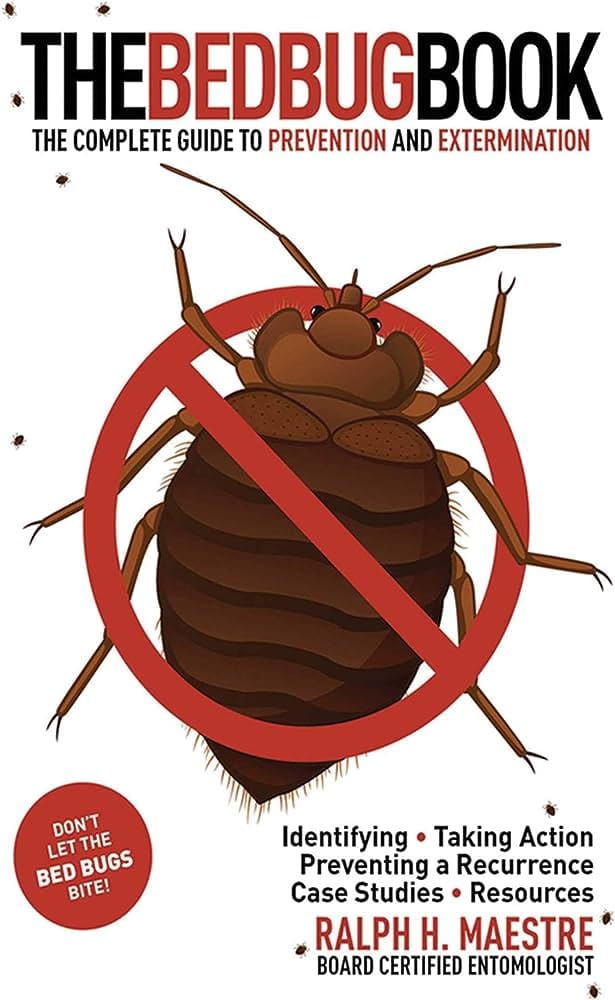
Understanding Bedbugs
Bedbugs are small, nocturnal insects that feed on the blood of humans and animals. They are flat, oval-shaped, and reddish-brown in color, and can grow up to 5mm in length. Despite their name, bedbugs can infest any area of a home, not just beds. They are excellent hitchhikers and can easily be transported from one location to another through luggage, furniture, clothing, and other items.
Bedbugs infest homes through various means. The most common way is through the introduction of infested items such as furniture, clothing, and bedding. They can also crawl into homes through cracks and crevices, electrical outlets, and even on people. Once inside, they hide in small spaces such as mattresses, box springs, bed frames, cracks in furniture, and behind wallpaper.
Signs of a bedbug infestation include waking up with itchy welts on your body, bloodstains on your sheets or pillowcases, and dark spots on your mattress or furniture. You may also notice a sweet, musty odor in the infested area. It’s important to take immediate action if you suspect a bedbug infestation, as they can multiply quickly and spread to other areas of your home.
While bedbug bites can be itchy and irritating, they are generally not considered a serious health risk. However, some people may have an allergic reaction to the bites, which can cause severe itching, swelling, and even blisters. Scratching the bites can lead to secondary infections. It is also possible to develop a psychological condition called “bedbug anxiety,” where the fear of bedbugs causes significant distress and anxiety. It is important to seek medical attention if you have a severe allergic reaction or psychological distress due to bedbug bites.
Identifying Bedbugs
Bedbugs have distinct physical characteristics that can help in their identification. They are flat, oval-shaped, and reddish-brown in color, resembling an apple seed. They have six legs and two antennae. After feeding, bedbugs become engorged and their bodies become more elongated and redder in color.
Distinguishing bedbugs from other pests can be challenging, as they can easily be mistaken for other insects such as fleas, ticks, or small cockroaches. However, there are certain characteristics that can help differentiate them. Bedbugs have a distinctive odor, described as sweet and musty. They also leave behind dark spots of excrement on mattresses, bedding, and furniture. Unlike fleas or ticks, bedbugs do not have the ability to jump or fly.
Bedbugs are notorious for their ability to hide in small cracks and crevices, which makes them difficult to detect. They are commonly found in seams and folds of mattresses, box springs, bed frames, headboards, and footboards. They can also hide in furniture cracks, electrical outlets, baseboards, and behind wallpaper. It is important to thoroughly inspect these areas if you suspect a bedbug infestation.
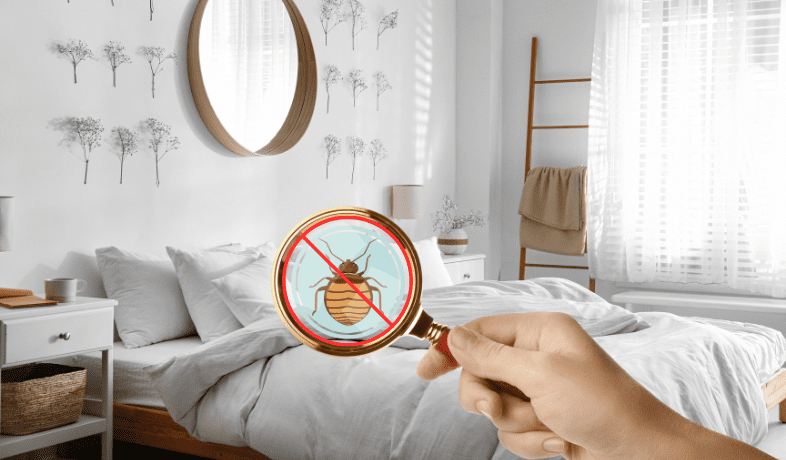
Preparing for Bedbug Treatment
Before starting any bedbug treatment, it is important to declutter and organize infested areas. Remove any unnecessary items, such as old newspapers, magazines, or cardboard boxes, as bedbugs can easily hide in clutter. Vacuum the area thoroughly, paying special attention to cracks and crevices where bedbugs and their eggs may be hiding.
Disinfecting infested items is an essential step in bedbug treatment. Any items that cannot be washed or dry-cleaned should be sealed in plastic bags and placed in the freezer for at least four days to kill any bedbugs and their eggs. Bedding and clothing should be washed in hot water and dried on a high heat setting to effectively eliminate the pests.
Laundry and bedding should be handled with caution to prevent the spread of bedbugs to other areas of your home. Use plastic bags to transport infested items to the laundry area, and wash them separately from other non-infested items. After washing, transfer the items to a clean plastic bag to avoid re-infestation.
Sealing cracks and crevices in your home can help prevent bedbugs from hiding and laying eggs in these areas. Use a sealant or caulk to fill in any gaps around baseboards, electrical outlets, and pipes. Repair any cracks or holes in walls or furniture to eliminate potential hiding spots.
Bedbug Treatment Options
When it comes to treating bedbug infestations, there are several options available. Chemical treatments involve the use of insecticides to kill bedbugs and their eggs. It is important to follow the instructions on the product label and take necessary safety precautions when using chemical treatments.
Heat treatments are a non-chemical method that involves raising the temperature in the infested area to a level that is lethal to bedbugs. This can be done using specialized equipment or by placing infested items in a hot dryer for at least 30 minutes.
Steam treatments involve the use of steam to kill bedbugs and their eggs. High-temperature steam is applied directly to infested areas, such as mattresses, furniture, and cracks and crevices. This method is effective in killing bedbugs on contact.
Freezing treatments can be used to kill bedbugs and their eggs. Infested items are placed in a freezer set at 0°F (-18°C) or below for at least four days to ensure complete elimination of the pests.
If you prefer natural or DIY remedies, there are several options available. These include using essential oils, such as tea tree oil or lavender oil, to repel bedbugs, or creating homemade traps using sticky tape or dish soap. While these methods may provide some temporary relief, they are not proven to be as effective as professional treatments.
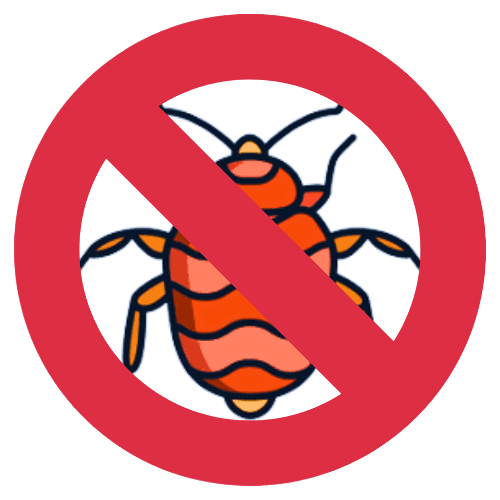
Hiring a Professional Exterminator
When dealing with a severe or persistent bedbug infestation, it is advisable to hire a professional exterminator. Choosing a reputable pest control company is essential to ensure effective and safe treatment. Look for companies that are licensed, insured, and have a good reputation in your area. Ask for recommendations from friends, family, or neighbors who have dealt with bedbug infestations in the past.
Before hiring an exterminator, ask them a series of questions to ensure they are experienced in dealing with bedbugs. Ask about the specific treatments they use, the success rate of their treatments, and if they offer any warranties or guarantees. It is also important to inquire about the safety precautions they take to protect you, your family, and your pets during the treatment process.
Preparing for professional treatment is crucial to ensure its effectiveness. Follow the instructions provided by the exterminator, which may include removing all clutter from the infested area, vacuuming thoroughly, and washing bedding and clothing. It is important to cooperate fully with the exterminator to maximize the chances of successful treatment.
After professional treatment, take necessary precautions to prevent re-infestation. Follow the post-treatment instructions provided by the exterminator, which may include vacuuming regularly, using mattress encasements, and sealing cracks and crevices. It is important to monitor the infested area for any signs of new bedbug activity and report it to the exterminator immediately.
Preventing Bedbug Infestations
To prevent bedbug infestations, it is important to be vigilant and take necessary precautions. When purchasing second-hand furniture or clothing, thoroughly inspect the items for any signs of bedbugs, such as dark spots, shed exoskeletons, or live bugs. Avoid bringing infested items into your home, as they can quickly spread to other areas.
When traveling, take precautions to avoid bringing bedbugs home with you. Inspect hotel rooms for any signs of bedbugs, such as bloodstains on sheets, dark spots on mattresses, or an unusual odor. Keep your luggage off the bed and preferably on a luggage rack or in the bathroom. After returning home, inspect your luggage and clothing before bringing them inside.
Proper storage and protection of your belongings can help prevent bedbug infestations. Use bedbug-proof mattress and box spring encasements to trap any existing bedbugs inside and prevent new infestations. Store clothing in sealed plastic bags or containers to keep them protected from bedbugs. Regularly clean and vacuum your home to remove any potential hiding spots for bedbugs.
Creating bedbug-resistant barriers can help prevent the pests from crawling onto your bed or furniture. Apply double-sided tape or petroleum jelly around the legs of your bed to trap bedbugs attempting to climb up. Place interceptor traps underneath the legs of your bed to catch and monitor any bedbugs that may be present.
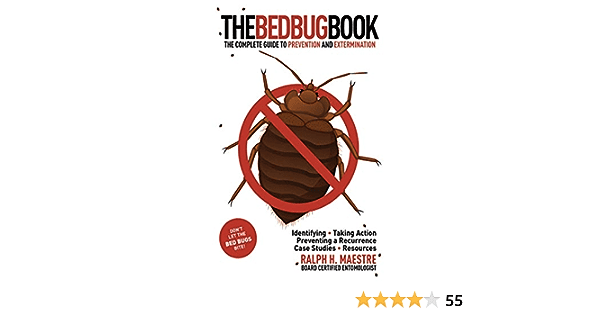
Effective Bedbug Sprays and Powders
There are several top-rated bedbug sprays available on the market that can help in the treatment and prevention of bedbug infestations. These sprays contain chemicals that are effective in killing bedbugs and their eggs. When choosing a bedbug spray, look for one that is specifically formulated to target bedbugs and follow the instructions on the product label for proper application.
Bedbug powders are another option for treating infestations. These powders contain chemicals that are lethal to bedbugs when they come into contact with them. When choosing a bedbug powder, look for one that is safe for use in homes and follow the instructions on the product label for proper application.
When applying bedbug sprays or powders, it is important to follow the recommended application techniques. Thoroughly spray or apply the product to infested areas, paying special attention to cracks and crevices where bedbugs may be hiding. Allow the product to dry or settle for the recommended amount of time before cleaning or reusing the treated area.
Bedbug-Proof Mattress and Box Spring Encasements
Using mattress and box spring encasements is an effective way to prevent bedbugs from infesting your bed. These encasements are specially designed to seal off the mattress and box spring, trapping any existing bedbugs inside and preventing new infestations.
The benefits of using mattress and box spring encasements are twofold. Firstly, they prevent bedbugs from hiding and breeding inside the mattress and box spring, which makes it easier to detect and eradicate any existing infestation. Secondly, they create a physical barrier that prevents bedbugs from crawling onto your bed and biting you.
When purchasing mattress and box spring encasements, look for ones that are specifically designed for bedbug protection. These encasements should have a secure zipper closure that completely seals off the mattress or box spring. They should also be made of a durable material that is resistant to tears and punctures.
Installation of mattress and box spring encasements is relatively easy. Start by removing all bedding and vacuuming the mattress and box spring surface to remove any existing bedbugs and debris. Then, encase the mattress and box spring with the encasements, ensuring a snug fit and complete coverage. Zip up the encasements and make sure the zipper is securely closed.
Maintenance of mattress and box spring encasements is important to ensure their effectiveness. Regularly inspect the encasements for any signs of damage, such as holes or tears, and repair or replace them if necessary. It’s also a good idea to periodically vacuum the encasements to remove any dust or debris that may have accumulated.
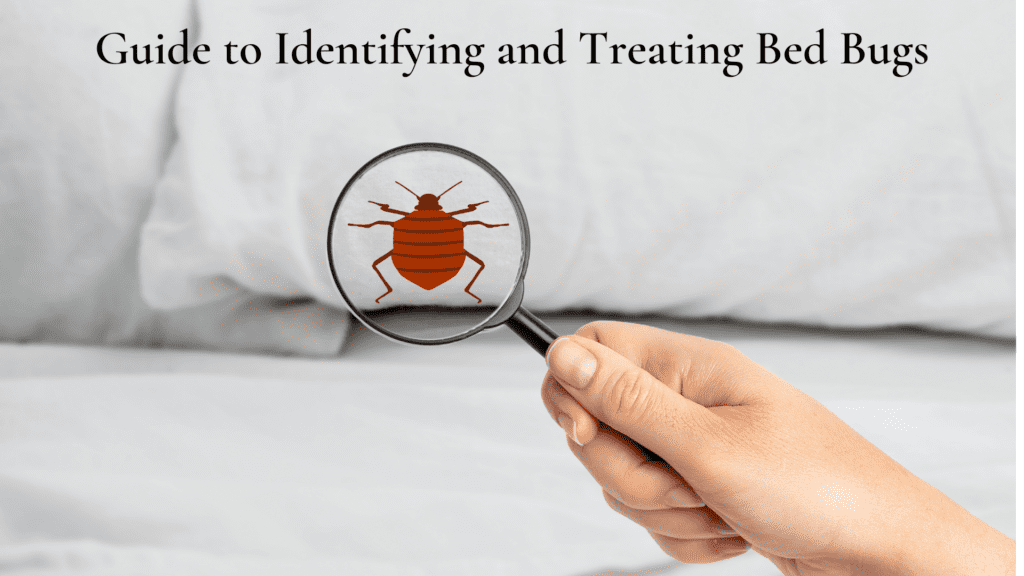
Bedbug-Proof Furniture and Luggage
In addition to protecting your bed, it is important to take precautions to prevent bedbugs from infesting your furniture and luggage as well. There are bedbug-resistant furniture options available on the market that are designed to prevent bedbugs from hiding and breeding inside. These furniture options have sealed seams, tight-fitting cushions, and hard-to-reach corners that make it difficult for bedbugs to establish a presence.
When traveling, it is essential to protect your luggage and backpacks from bedbug infestation. Use protective covers specifically designed for luggage and backpacks to prevent bedbugs from crawling inside. These covers should have a secure zipper closure and should be made of a durable material that is resistant to tears and punctures.
Regularly inspect your furniture and luggage for any signs of bedbugs, such as dark spots, shed exoskeletons, or live bugs. Vacuum furniture regularly, paying special attention to cracks and crevices where bedbugs may be hiding. If you suspect a bedbug infestation, take immediate action to prevent it from spreading to other areas of your home.
Dealing with Bedbugs in Different Room Types
Bedbugs can infest any area of a home, not just bedrooms. Here are some tips for dealing with bedbugs in different room types:
Bedroom:
- Thoroughly inspect your mattress, box spring, and bedding for any signs of bedbugs.
- Use mattress and box spring encasements to trap and prevent bedbugs from infesting your bed.
- Vacuum regularly, paying special attention to the seams and folds of your mattress and furniture.
- Wash bedding and clothing in hot water and dry on a high heat setting.
- Store infested items in sealed plastic bags or containers to prevent the spread of bedbugs.
Living room:
- Inspect furniture, including sofas, chairs, and cushions, for any signs of bedbugs.
- Vacuum furniture regularly, paying special attention to cracks and crevices where bedbugs may hide.
- Use bedbug-resistant furniture options that are designed to prevent infestations.
- Place interceptor traps under the legs of furniture to monitor and catch any bedbugs that may be present.
Kitchen and dining area:
- Inspect chairs, tables, and cushions for any signs of bedbugs.
- Vacuum regularly, paying special attention to cracks and crevices where bedbugs may hide.
- Use bedbug-resistant furniture options that are designed to prevent infestations.
- Clean up any spills or food crumbs promptly to discourage bedbugs from being attracted to the area.
Bathroom:
- Inspect towels, bathmats, and laundry hampers for any signs of bedbugs.
- Wash towels and bathmats regularly in hot water and dry on a high heat setting.
- Seal cracks and crevices in the bathroom to prevent bedbugs from hiding and breeding.
- Keep the bathroom clean and dry to discourage bedbugs from being attracted to the area.
By understanding bedbugs, identifying them, preparing for treatment, knowing the treatment options, hiring a professional exterminator, preventing bedbug infestations, using effective sprays and powders, using bedbug-proof encasements, protecting furniture and luggage, and dealing with bedbugs in different room types, you can effectively address and prevent bedbug infestations in your home. Remember, early detection and intervention are key to successfully managing bedbug infestations.

I am Randy, the author behind PestControld.com. Drawing from decades of experience, I aim to provide valuable insights, expert advice, and practical recommendations to help you make informed decisions when assessing viable pest control solutions.